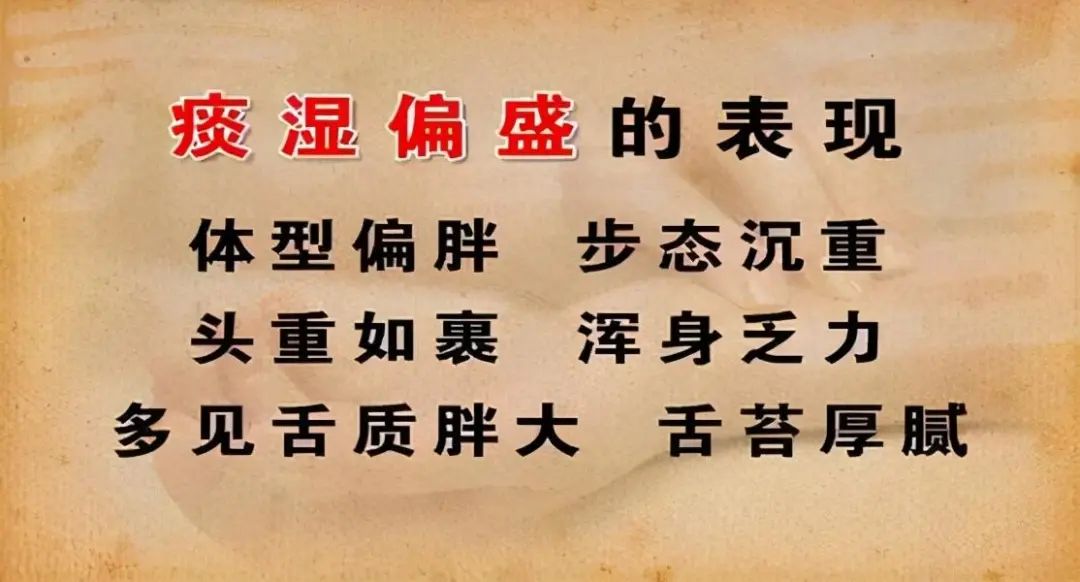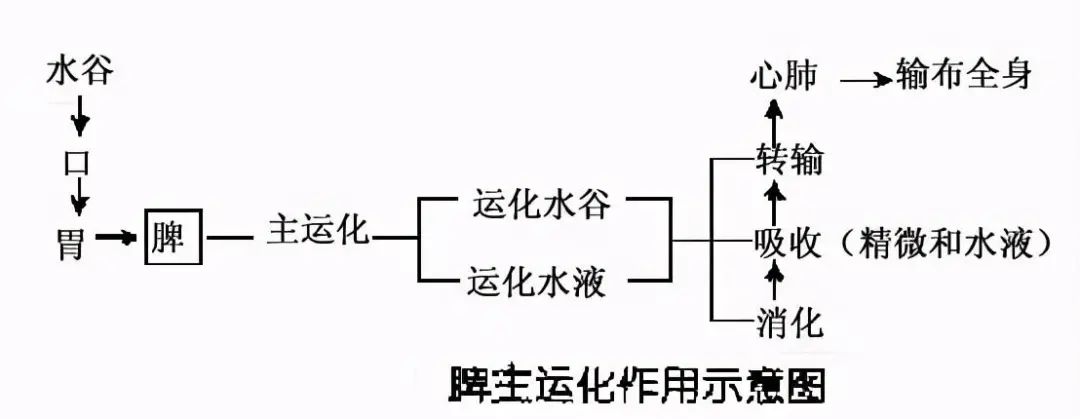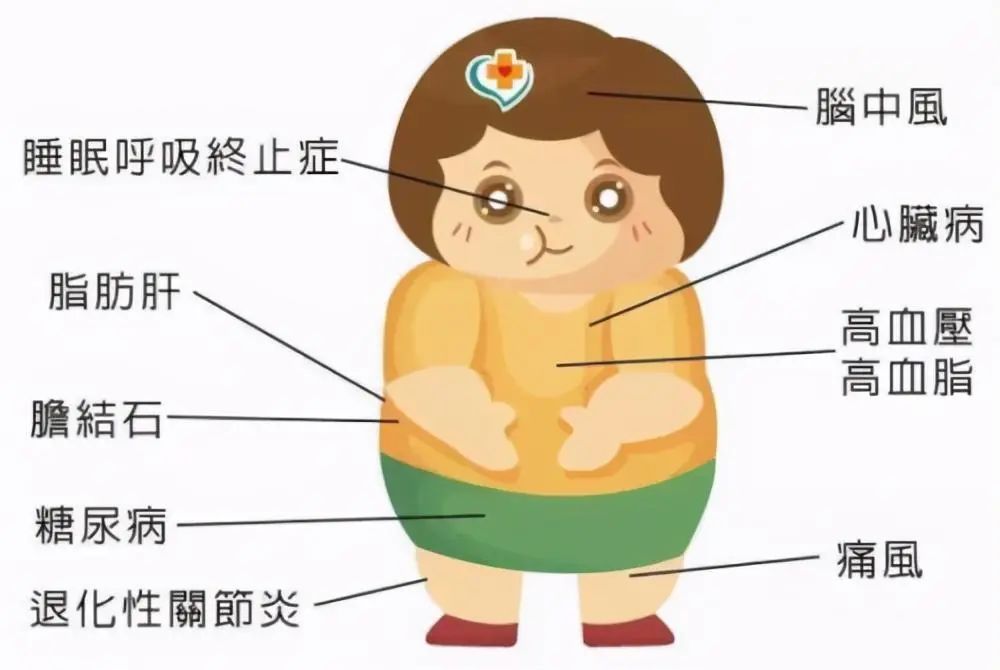Obesity has become one of the serious diseases threatening human health. Recently, the World Health Organization pointed out that obesity is a major risk factor for cardiovascular diseases, type 2 diabetes, and other chronic diseases. Data shows that since 1980, the global obesity rate has more than doubled, and by 2014, there were 1.9 billion overweight adults worldwide, of which 600 million were classified as obese, resulting in an obesity rate of 13%, with 11% for men and 15% for women.

Medicine has long recognized obesity, but it does not have an independent disease name and is referred to as “fat people.” There is a saying that “fat white people have more dampness” and “fat white people must have more phlegm,” suggesting that phlegm-dampness is the main pathological change associated with obesity. Dampness is a yin pathogen characterized by heaviness, stickiness, and diffusion; many diseases are caused by phlegm, which can obstruct qi and blood, affecting fluid metabolism. Phlegm and dampness are different names for the same category. When phlegm-dampness accumulates in the body, it eventually leads to obesity. Therefore, the treatment and prevention of phlegm-dampness type obesity have gained increasing attention.

Phlegm-Dampness
From the perspective of TCM etiology, phlegm-dampness is a pathological product resulting from the disruption of water and fluid metabolism in the body. Additionally, phlegm-dampness is considered a secondary pathogenic factor. “Dampness” is one of the normal six qi between heaven and earth; when its qi arrives too frequently or insufficiently, it becomes a pathogenic factor in the body. Dampness can be classified into external dampness and internal dampness, with the term “dampness” in phlegm-dampness specifically referring to internal dampness. Phlegm, in ancient texts, is synonymous with “dilute,” referring to substances like water that can “flow and move.”
In the Huangdi Neijing, the term “phlegm” does not appear, but Zhang Zhongjing first introduced the concept of “phlegm and fluid” in the Jinkui Yaolue during the Han Dynasty, dedicating a chapter to discuss it. The Ming Dynasty physician Li Zhongzi stated in the Yizong Bidu: “Thick and turbid substances are phlegm, while clear and thin substances are fluids.” The renowned physician Zhang Jiebin of the same era further pointed out in the Jingyue Quanshu: “Phlegm differs from fluid; fluids are clear while phlegm is thick and turbid. Fluids merely accumulate in the stomach and intestines, while phlegm can reach everywhere. If water and grains do not transform and accumulate as fluids, the disease is entirely due to the spleen and stomach; if it transforms into phlegm, it can be caused by damage to any of the five organs.”
Thus, phlegm can be formed from the stagnation of spleen dampness or from the accumulation of internal water and dampness. The phlegm-turbidity formed from water and dampness accumulation is difficult to separate from dampness pathogens, hence they can be collectively referred to as phlegm-dampness. Phlegm-dampness constitution is currently a common type of constitution seen in clinical practice. When the functions of the internal organs are disordered, and fluids do not return to their proper transformation, internal water and dampness stagnate, accumulating into phlegm, leading to the gradual formation of phlegm-dampness constitution.

The Relationship Between Spleen Deficiency, Phlegm-Dampness, and Obesity
The pathogenesis of obesity is complex and variable, commonly involving spleen qi deficiency and internal accumulation of phlegm-dampness. The nature of the disease is characterized by a deficiency of the root and an excess of the branch, with spleen deficiency as the root and phlegm-dampness as the branch. The primary location of the disease is in the spleen, but it is closely related to the kidneys and liver.
Spleen deficiency is an internal cause of obesity. The spleen governs the transformation and transportation of water and fluids, playing a pivotal role in the normal movement of qi. When the spleen is deficient and fails to perform its function, phlegm-turbidity and water-dampness accumulate in the body, producing pathological products like phlegm-dampness. The Suwen: Zhizhen Yaodalu states: “All dampness and swelling belong to the spleen,” indicating that the primary cause of dampness pathogens is the spleen’s failure to regulate, leading to the loss of transformation and distribution of the essence of food and fluids, which accumulates into phlegm-dampness, resulting in obesity. Li Dongyuan discussed in the Pigai Lun: “Spleen deficiency or insufficient food leads to obesity,” further clarifying the relationship between spleen deficiency and obesity. Spleen deficiency disrupts the distribution of the essence of food and fluids, leading to the accumulation of phlegm-dampness and gradual obesity; thus, spleen deficiency is fundamental to the occurrence of obesity. Zhang Jingyue in the Jingyue Quanshu states: “Diseases of the five organs can all produce phlegm, but they all stem from the spleen and kidneys. The spleen governs dampness; when dampness moves, it becomes phlegm; the kidneys govern water; when water overflows, it also becomes phlegm. Therefore, the transformation of phlegm is inseparable from the spleen, and the root of phlegm is always in the kidneys. Those who have excessive phlegm are all due to internal deficiency; strong individuals who consume much food and drink do not show phlegm. It is only those who cannot transform food that produce phlegm. Thus, as spleen qi becomes more deficient, all fluids become phlegm.”

Characteristics of Phlegm-Dampness Pathogenicity
The characteristics of phlegm-dampness can be summarized by the four words: “heavy, turbid, sticky, and stagnant.” Through extensive observation and summary of the characteristics of individuals with phlegm-dampness constitution, most scholars believe that phlegm-dampness possesses characteristics of both phlegm and dampness, which leads to its pathogenic characteristics being a combination of dampness and phlegm-turbidity.
In the Qing Dynasty, Zhao Qingchu stated in the Cunzun Zhai Yihua Gao: “Phlegm belongs to dampness, transformed from fluids.” Fluids are yin liquids; phlegm belongs to dampness, and dampness, being a yin pathogen, easily damages yang qi. Phlegm-dampness, inheriting the nature of dampness, is indeed a yin-turbid pathogen that can obstruct clear yang and damage yang qi, especially the yang of the spleen. Clinically, individuals with phlegm-dampness constitution often experience symptoms such as heaviness in the head, dizziness, headaches, and heaviness in the limbs, which are closely related to the obstruction of clear yang by phlegm-dampness, preventing the ascent of clear yang and the nourishment of the head and limbs. If phlegm-dampness obstructs the yang of the chest, it can lead to sensations of chest tightness or back distension.
In the Yuan Dynasty, Zhu Zhenheng pointed out in the Ge Zhi Yu Lun: “Fat white people have more dampness,” and “fat people have more phlegm.” The appearance of obesity is indeed due to the improper transformation of food and fluids, where the clear yang of the spleen fails to distribute properly, leading to stagnation as dampness and accumulation as phlegm. Phlegm-dampness belongs to the earth element, and after its formation, it settles in the subcutaneous muscles, becoming fat. Individuals with phlegm-dampness constitution often exhibit obesity as clear evidence. The phlegm-dampness pathogen can move with qi, affecting the meridians and joints; if it stagnates in local areas, it can obstruct local qi and blood flow, leading to phlegm-stasis obstruction, and may also form local swellings or nodules, such as goiters, scrofula, or phlegm nodules.
From the above, it can be seen that phlegm-dampness pathogens are closely related to spleen qi, exhibiting significant dampness characteristics and pathogenic features. Therefore, its main pathogenic characteristics are similar to those of dampness pathogens, but it also has its unique characteristics. Phlegm-dampness is a yin-turbid pathogen that easily obstructs clear yang and hinders qi movement, leading to sensations of heaviness, stagnation, distension, and oppression in various parts of the body. Diseases exhibiting these symptoms are often caused by phlegm-dampness; the sticky and viscous nature of phlegm-dampness often leads to symptoms such as plum pit qi, sweet and greasy tastes, etc. Phlegm-dampness, as a yin pathogen, can ascend and descend with qi, easily clouding the clear orifices and disturbing the original spirit, making individuals with phlegm-dampness constitution prone to diseases manifesting as neurological and mental dysfunction.

Diet and Emotional Changes as Major Factors Leading to Phlegm-Dampness Accumulation
With the increase in per capita income in China, the dietary structure of residents is gradually shifting from an Eastern dietary model to a Western dietary model characterized by high meat, high energy, high fat, high protein, and low dietary fiber. The Clinical Guidelines for Medical Cases states: “Phlegm is primarily transformed from damp and turbid foods.” TCM believes that frequently consuming “rich and heavy flavors” can lead to insufficient spleen transformation, resulting in the accumulation of phlegm-dampness in the body, and prolonged accumulation can form a phlegm-dampness constitution.
Research has found that dietary structure, especially high-calorie diets, is a major factor causing individuals with phlegm-dampness constitution to develop fatty liver. A high-calorie, low-energy expenditure state in the body is a contributing factor to the formation of phlegm-dampness constitution. Additionally, some scholars have pointed out that abnormal emotional changes, such as excessive joy, anger, worry, thought, sadness, fear, and shock, may also lead to phlegm-dampness. For instance, excessive joy and idleness, along with excessive intake of rich foods, will inevitably lead to the accumulation of excess fat in the body, forming phlegm-dampness; or, when emotions are not fulfilled, excessive worry and thought may lead to overeating to relieve depression, resulting in excessive calorie intake and the formation of phlegm-dampness constitution.

Therefore, it is necessary to avoid rich and heavy foods in daily life, abstain from alcohol, and avoid binge eating and eating too quickly. It is advisable to consume more vegetables and fruits, especially foods that strengthen the spleen and promote dampness elimination, such as Yi Yi Ren (Job’s Tears), Bian Dou (Hyacinth Bean), Hong Xiao Dou (Red Adzuki Bean), He Ye (Lotus Leaf), and Shan Yao (Chinese Yam). In summer, one can cook porridge with Yi Yi Ren, Hong Xiao Dou, and Bian Dou. Additionally, it is important to increase physical activity, as individuals with phlegm-dampness constitution generally dislike exercise; the less they move, the lazier their bodies become, creating a vicious cycle, so it is necessary to force oneself to be active. Furthermore, one should ensure that the living environment remains dry and avoid getting wet. Regularly check blood sugar, blood lipids, and blood pressure, and seek timely treatment for any abnormalities.

